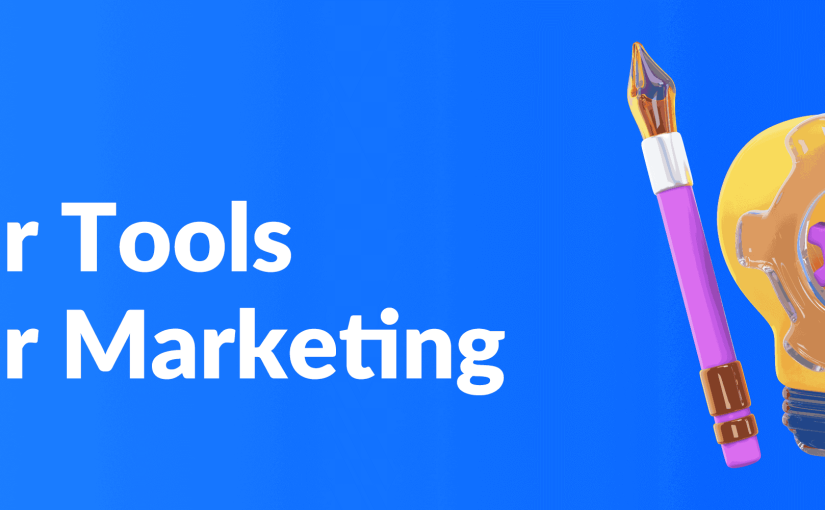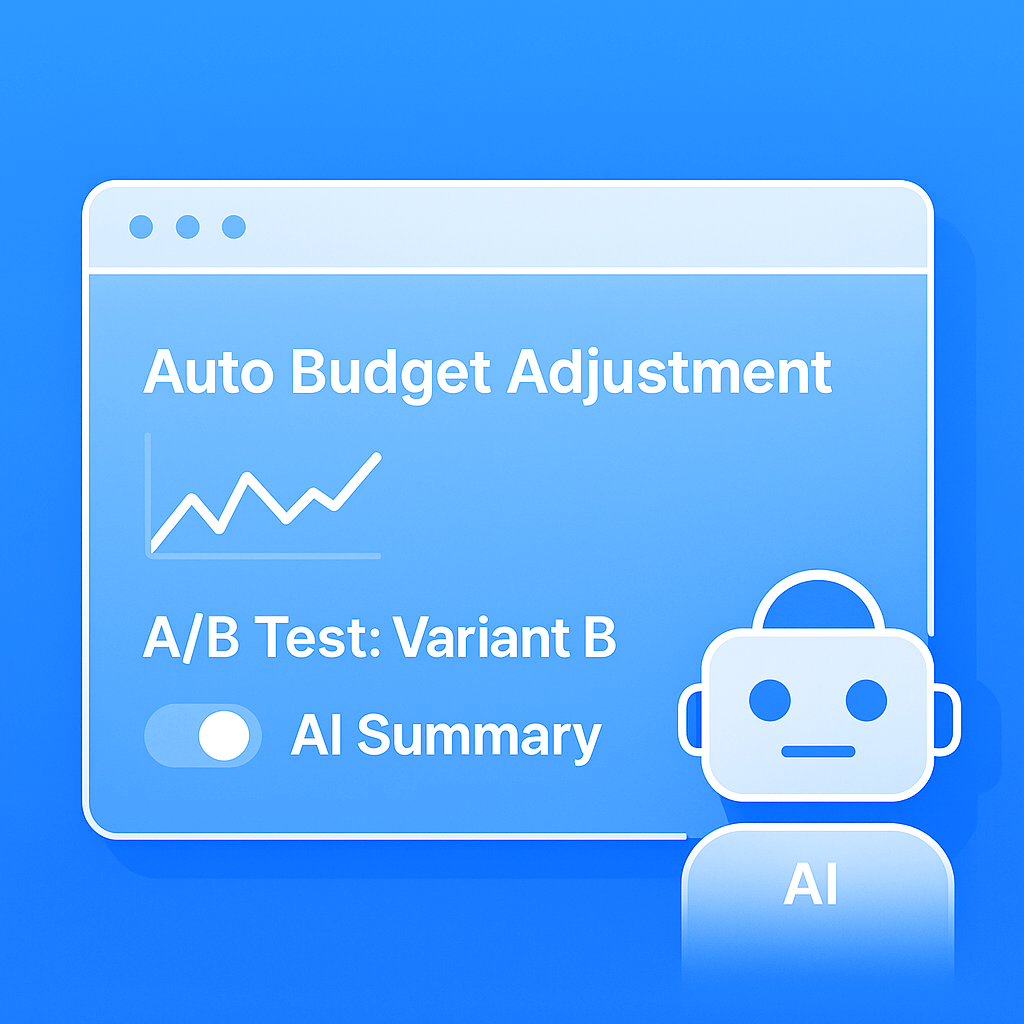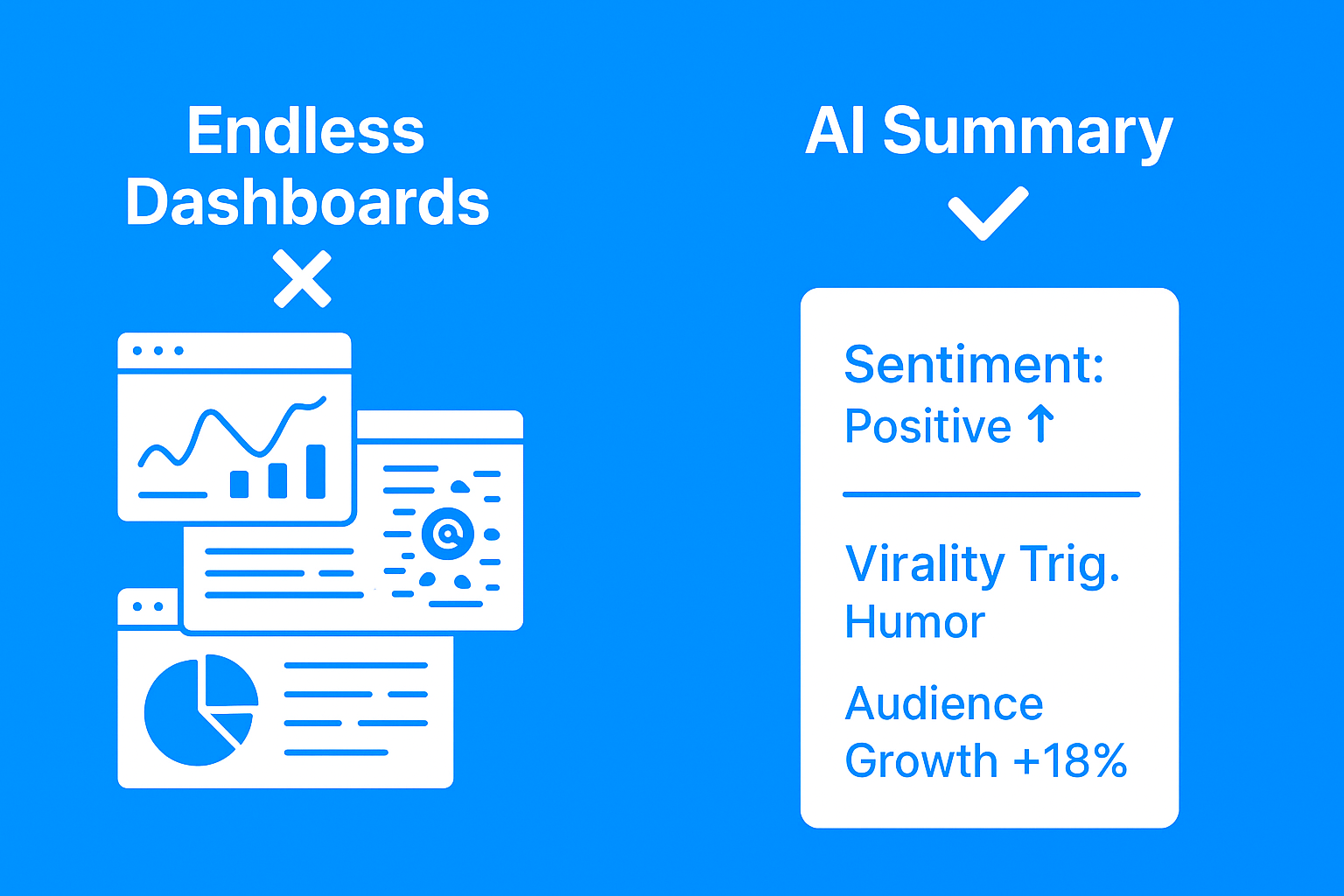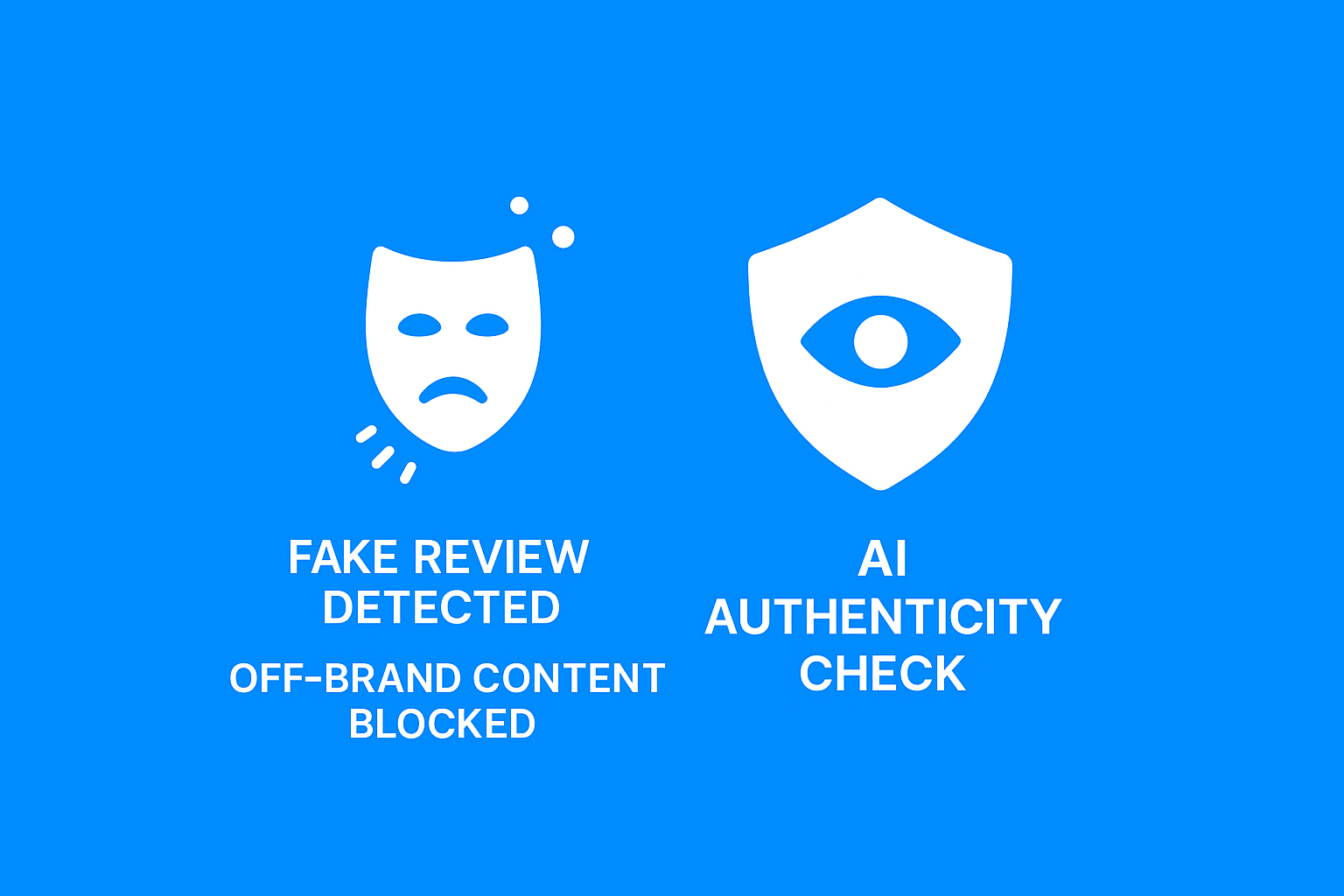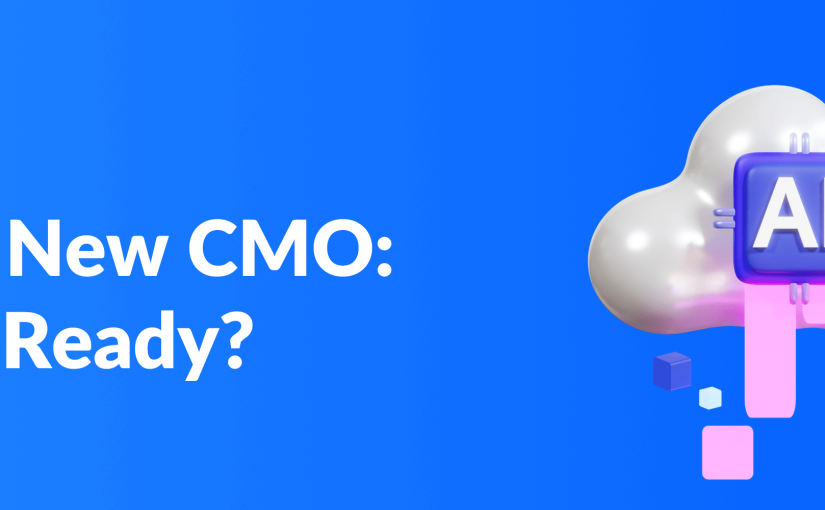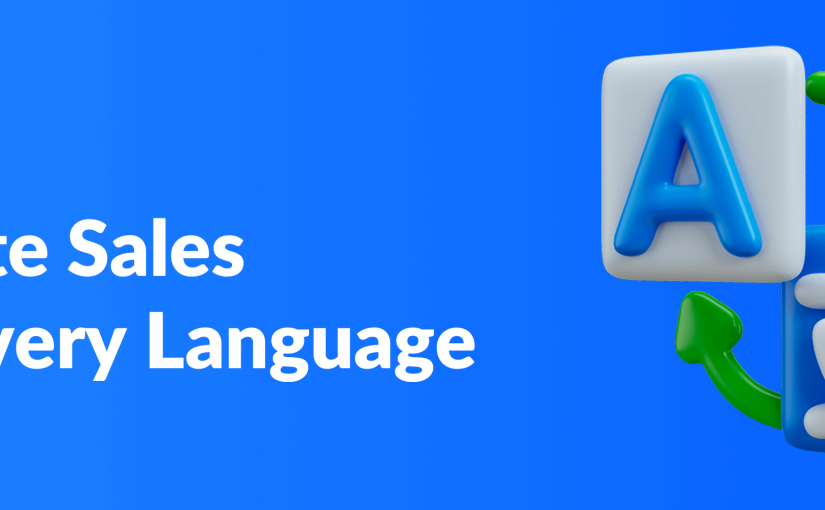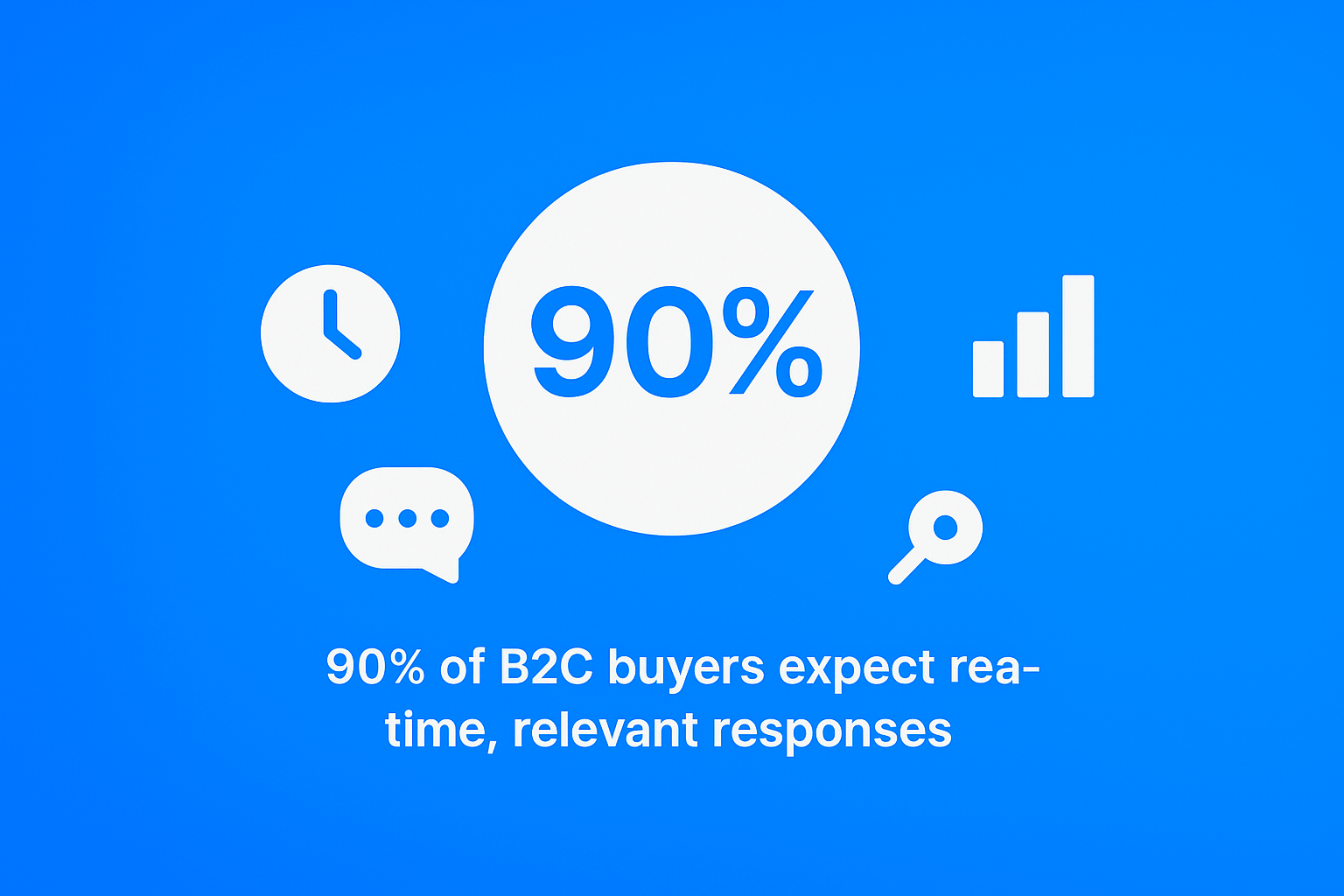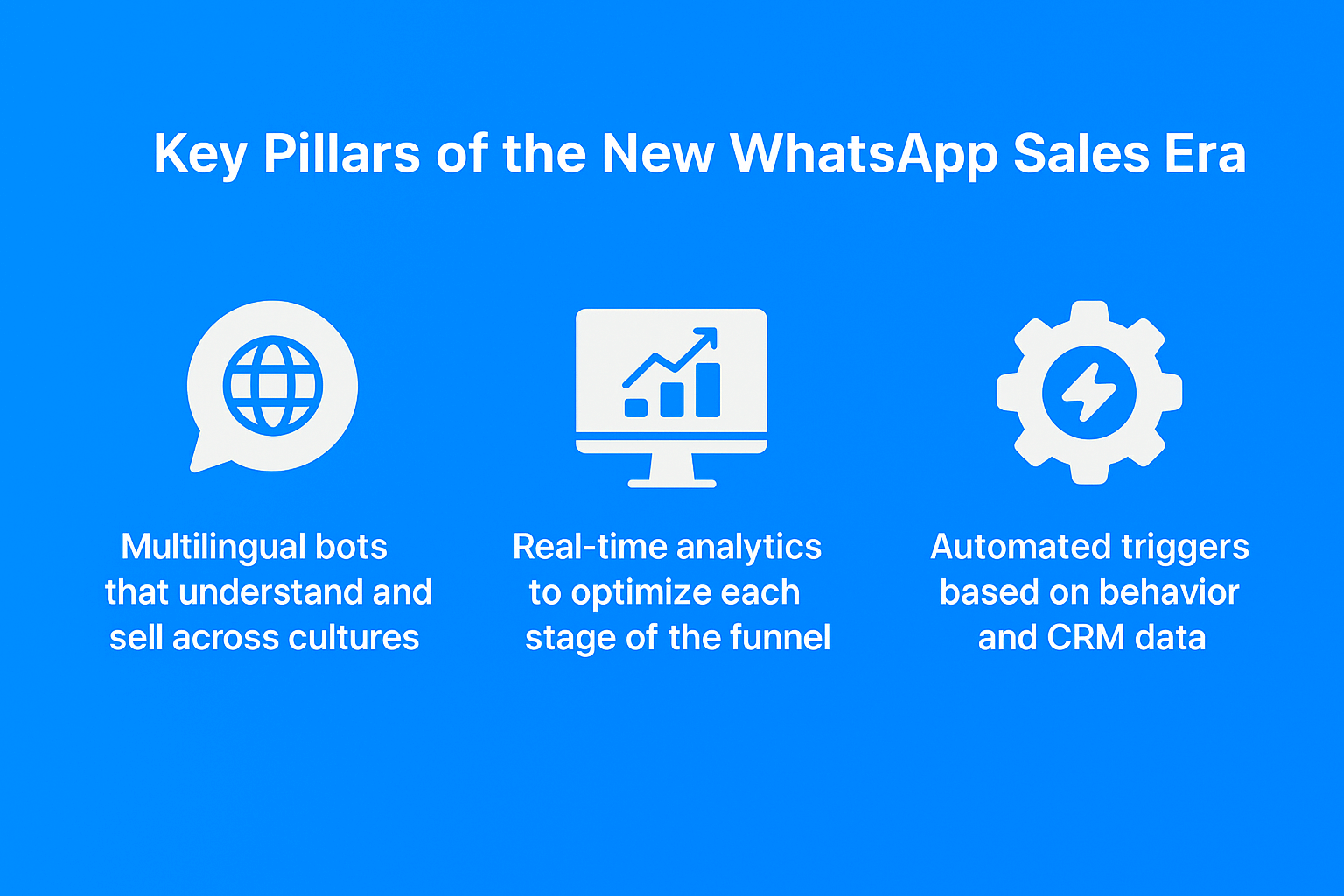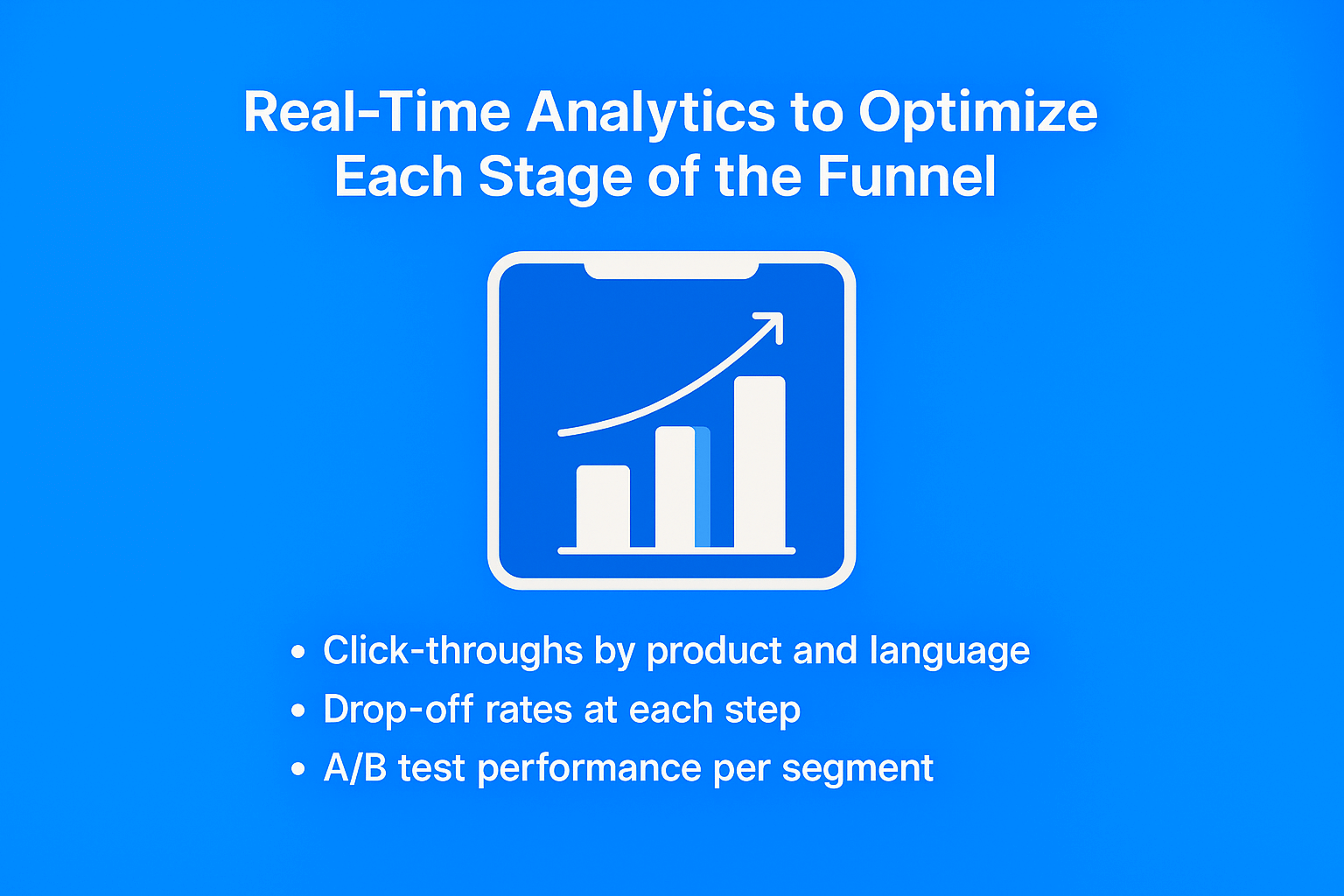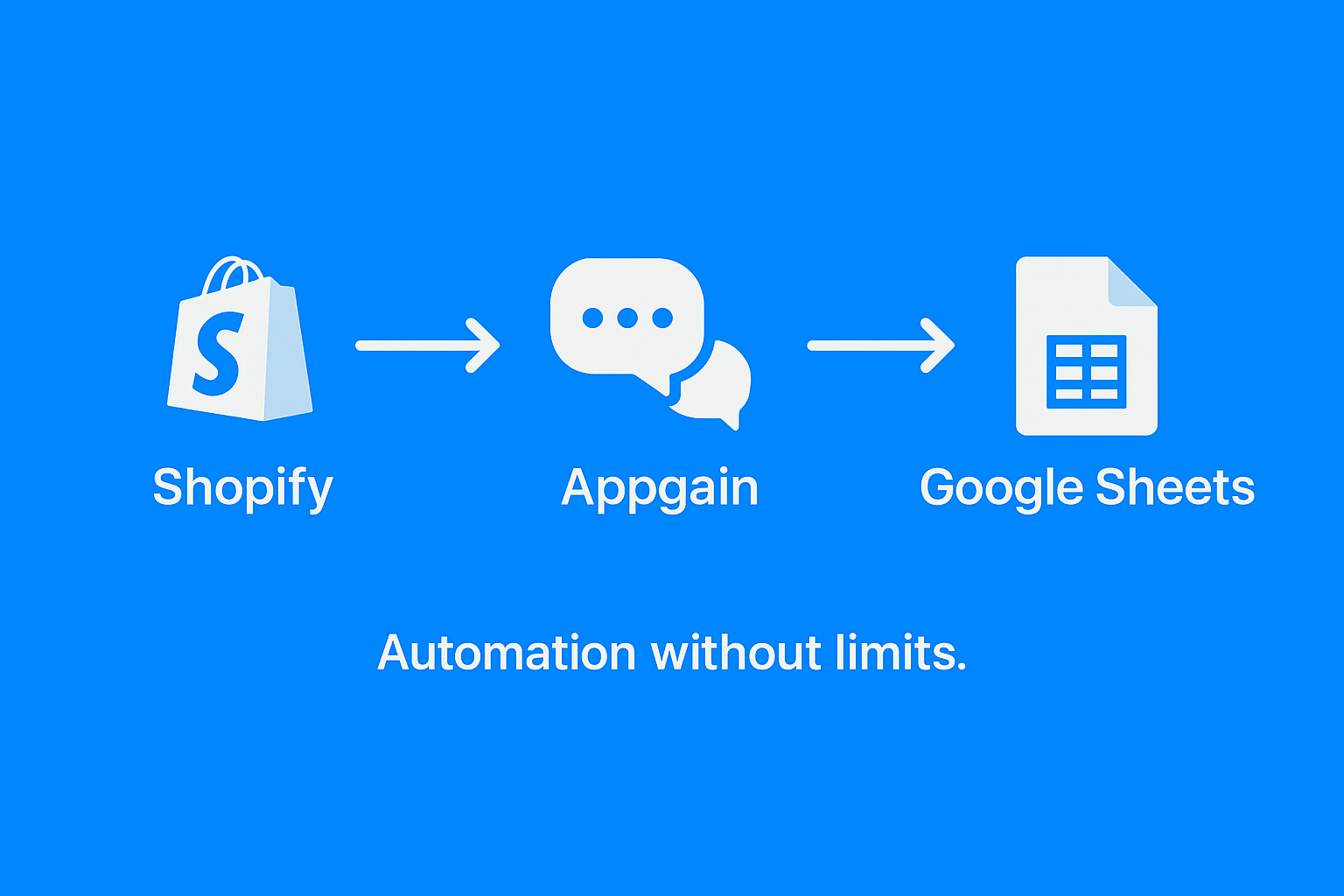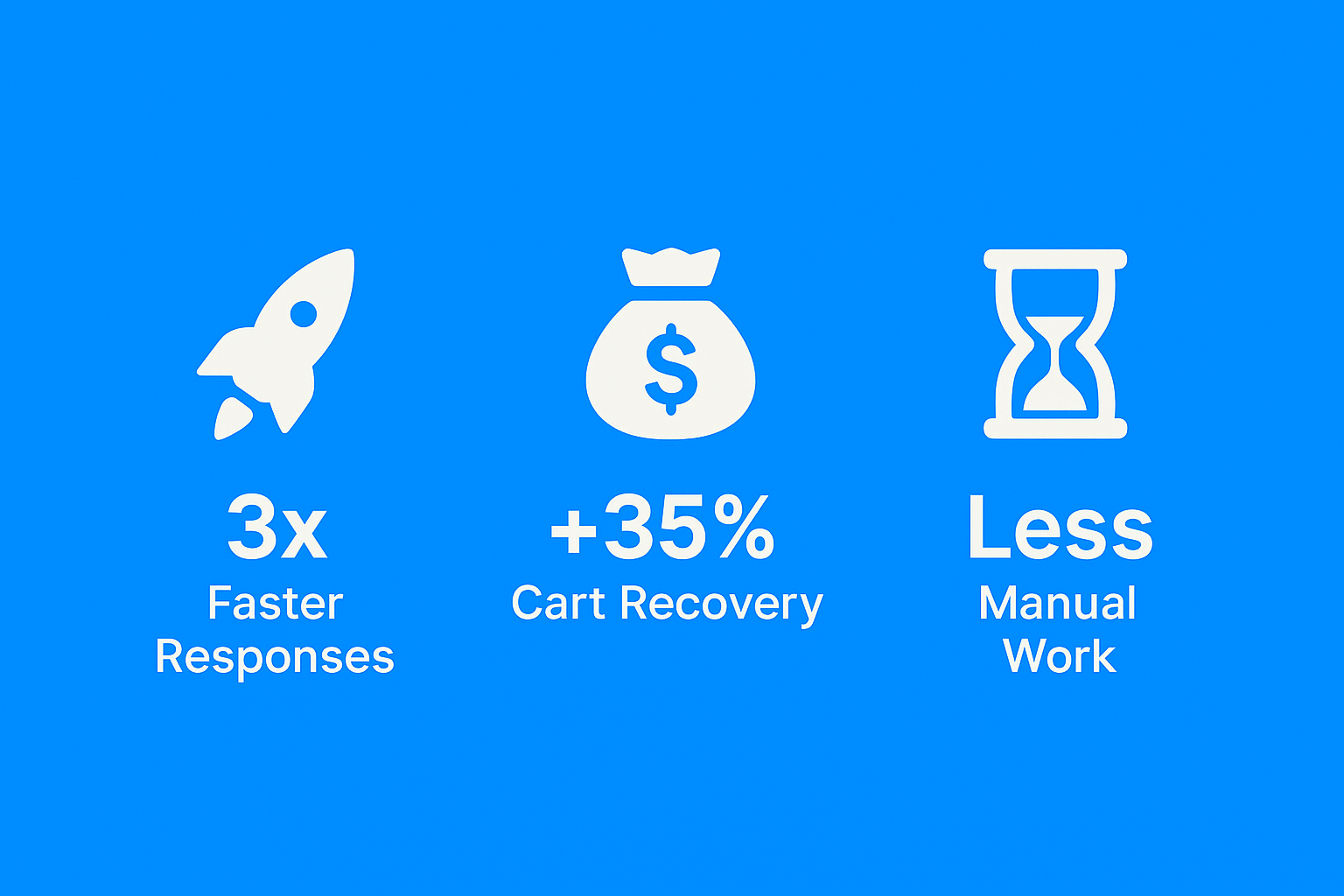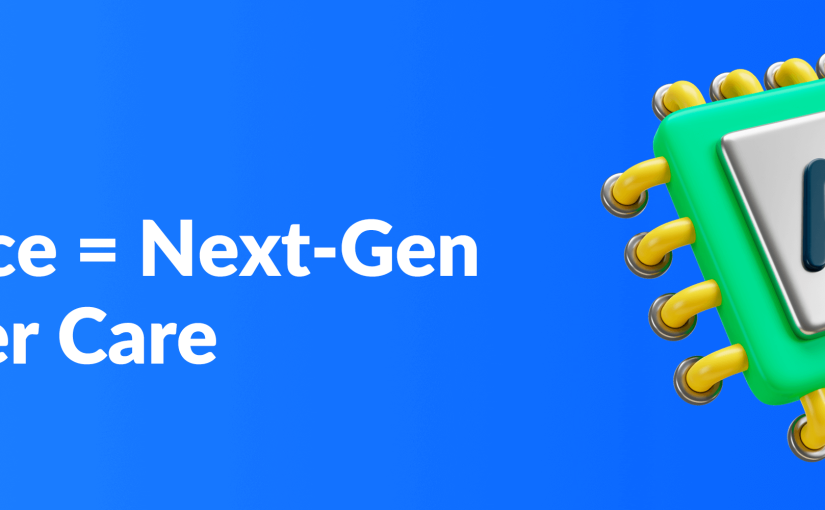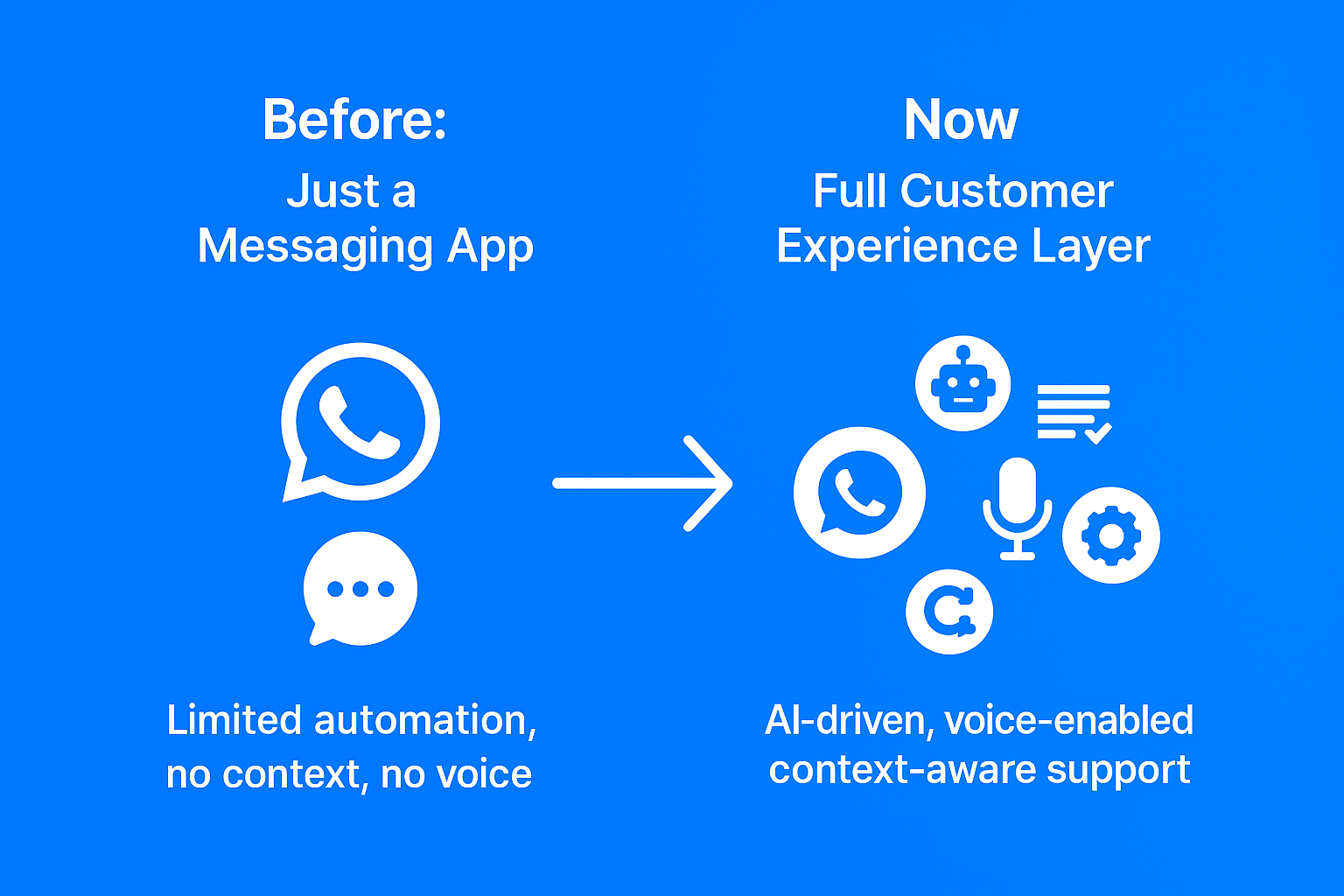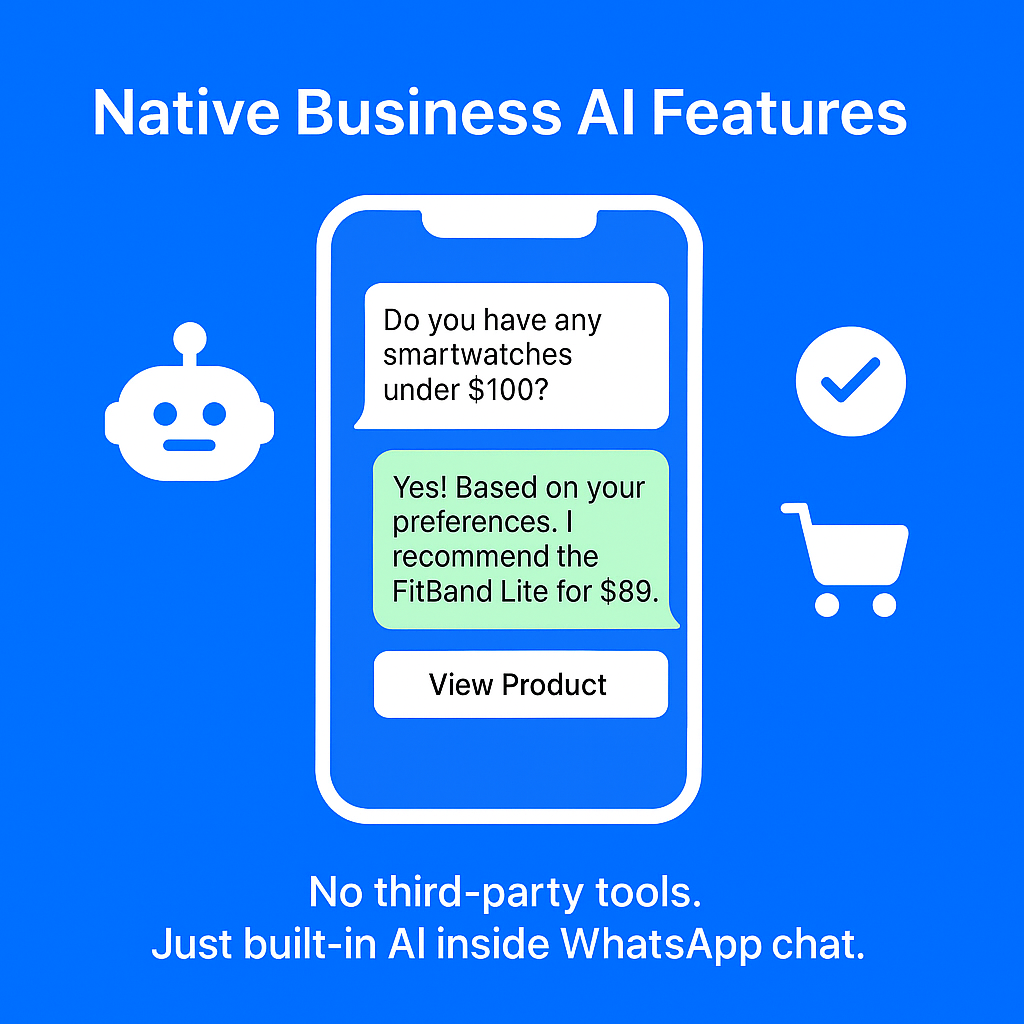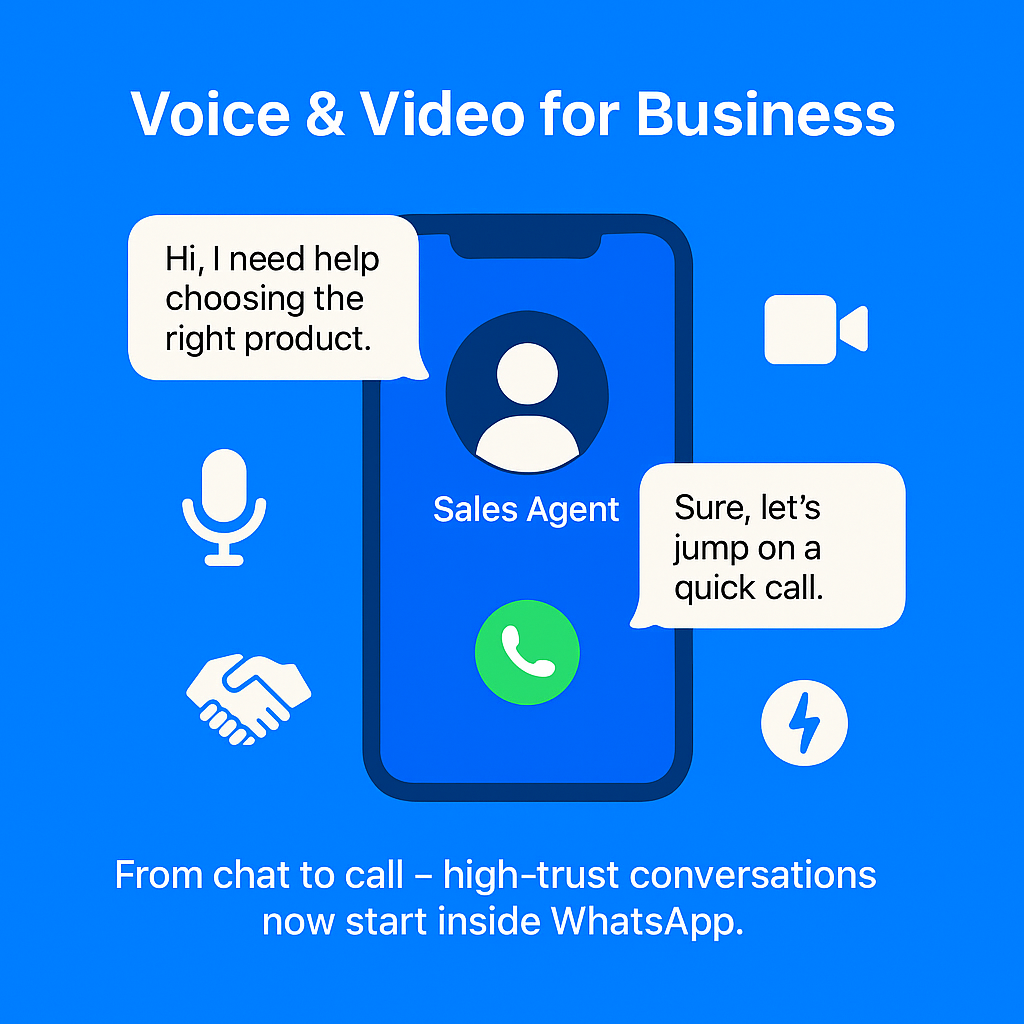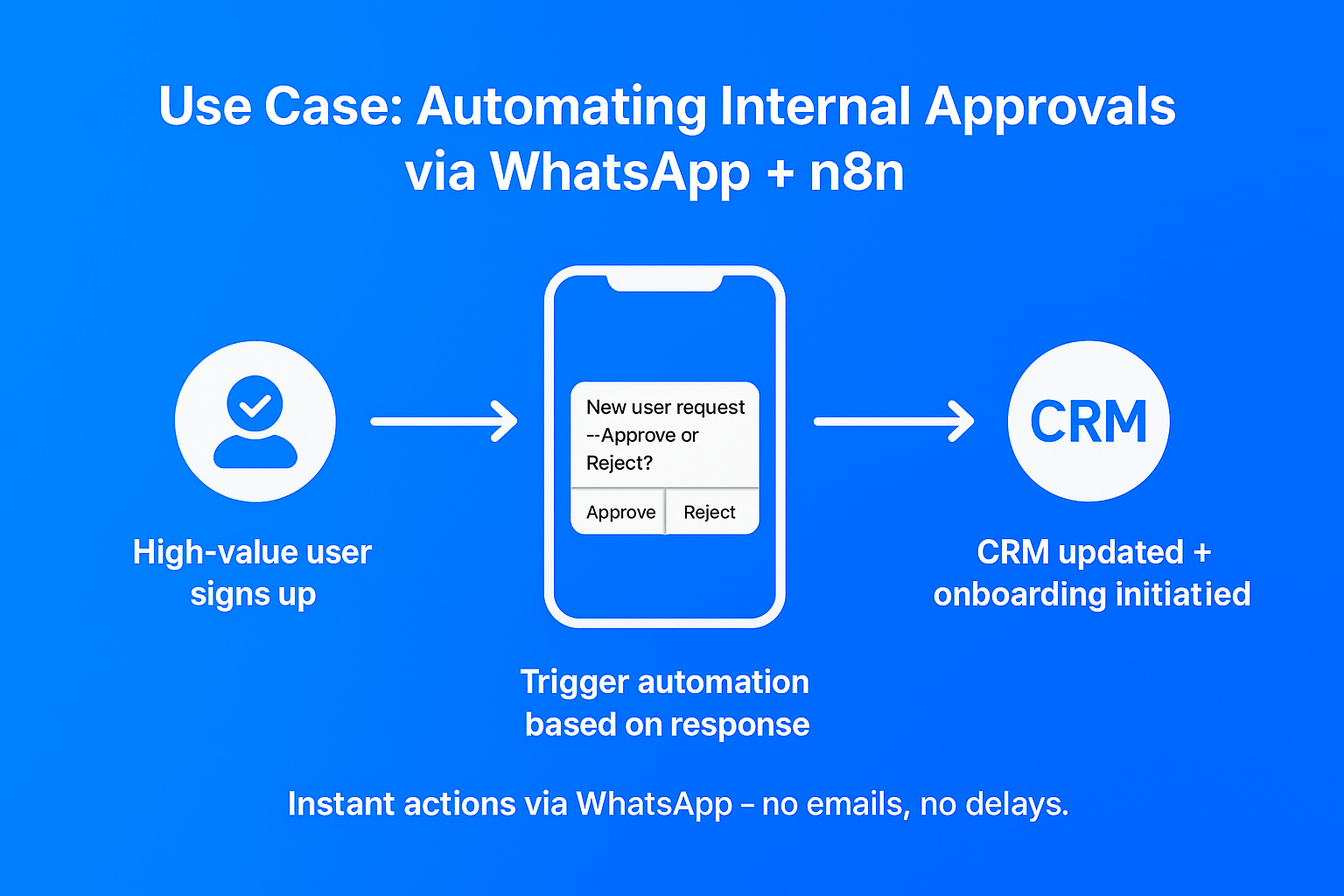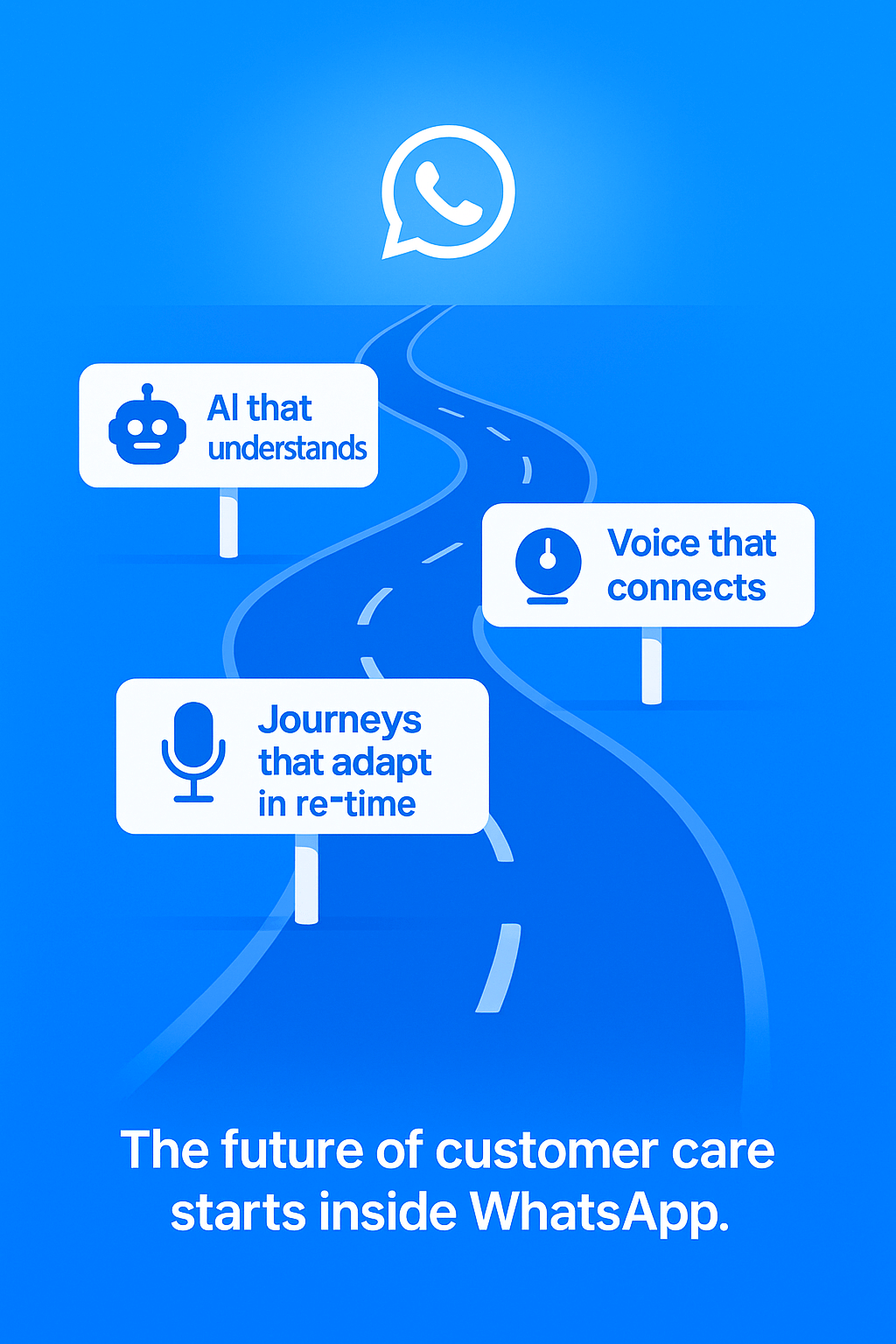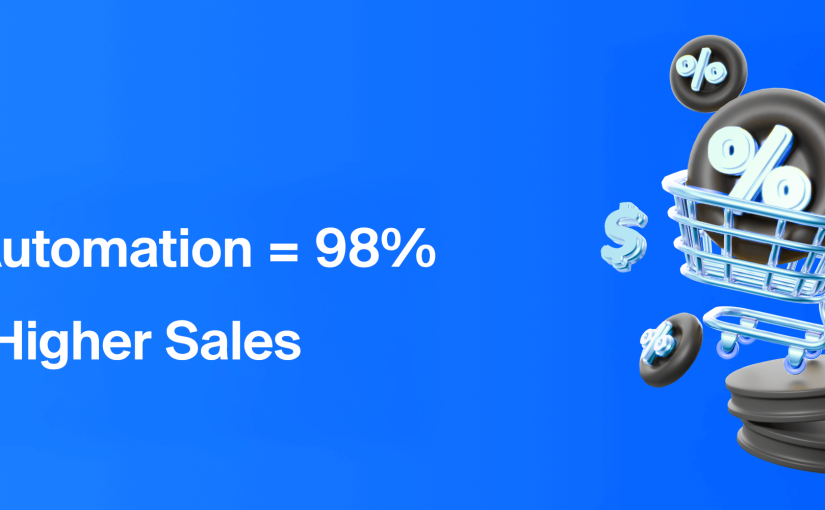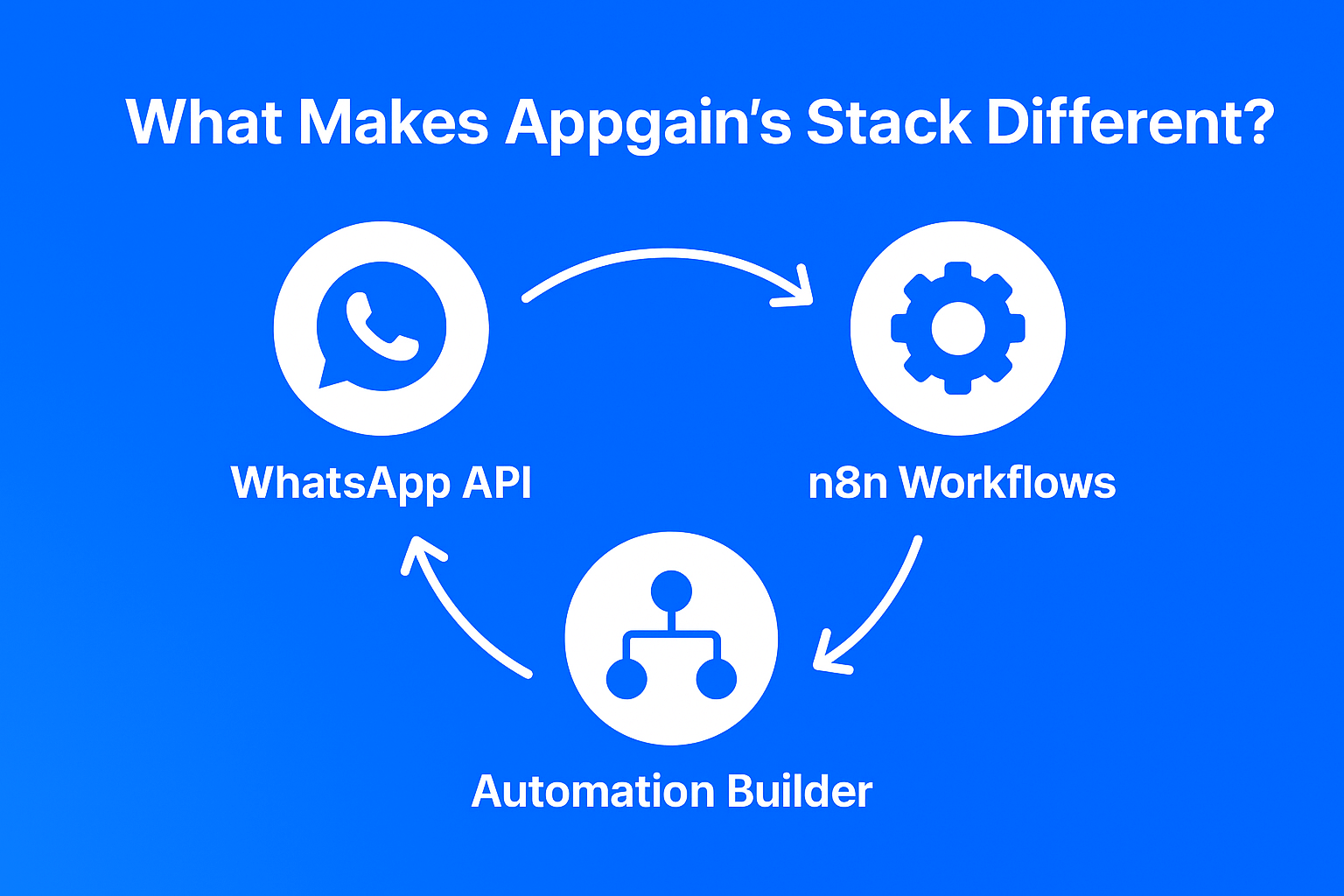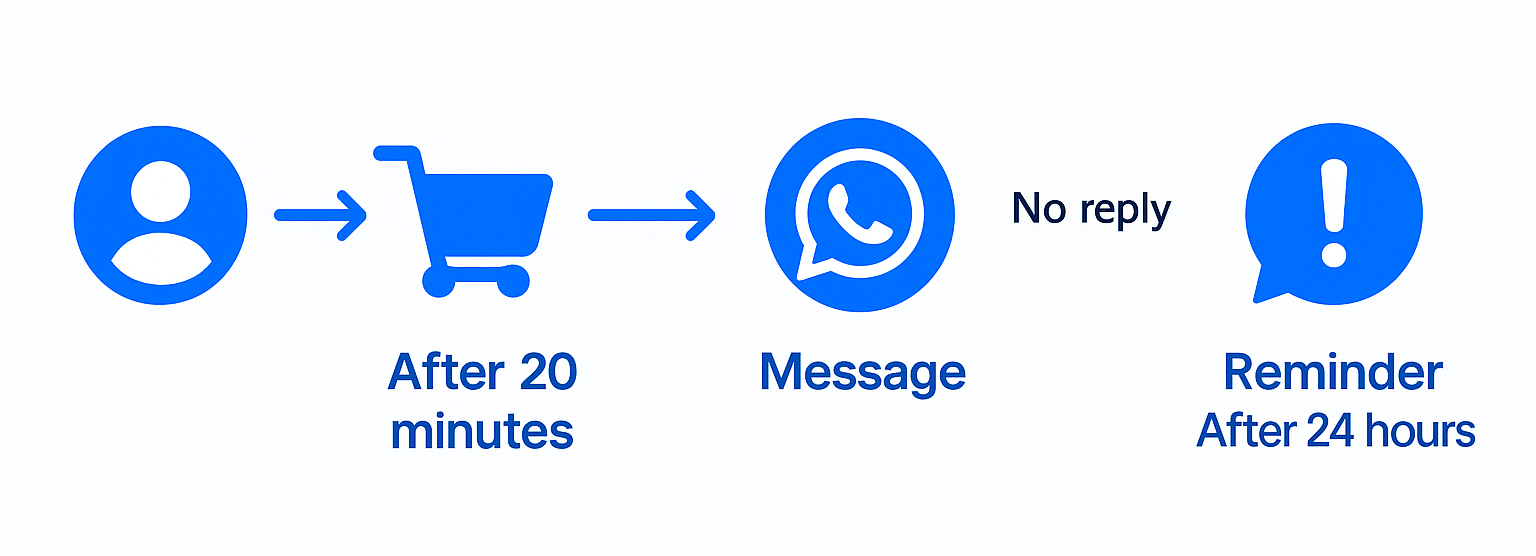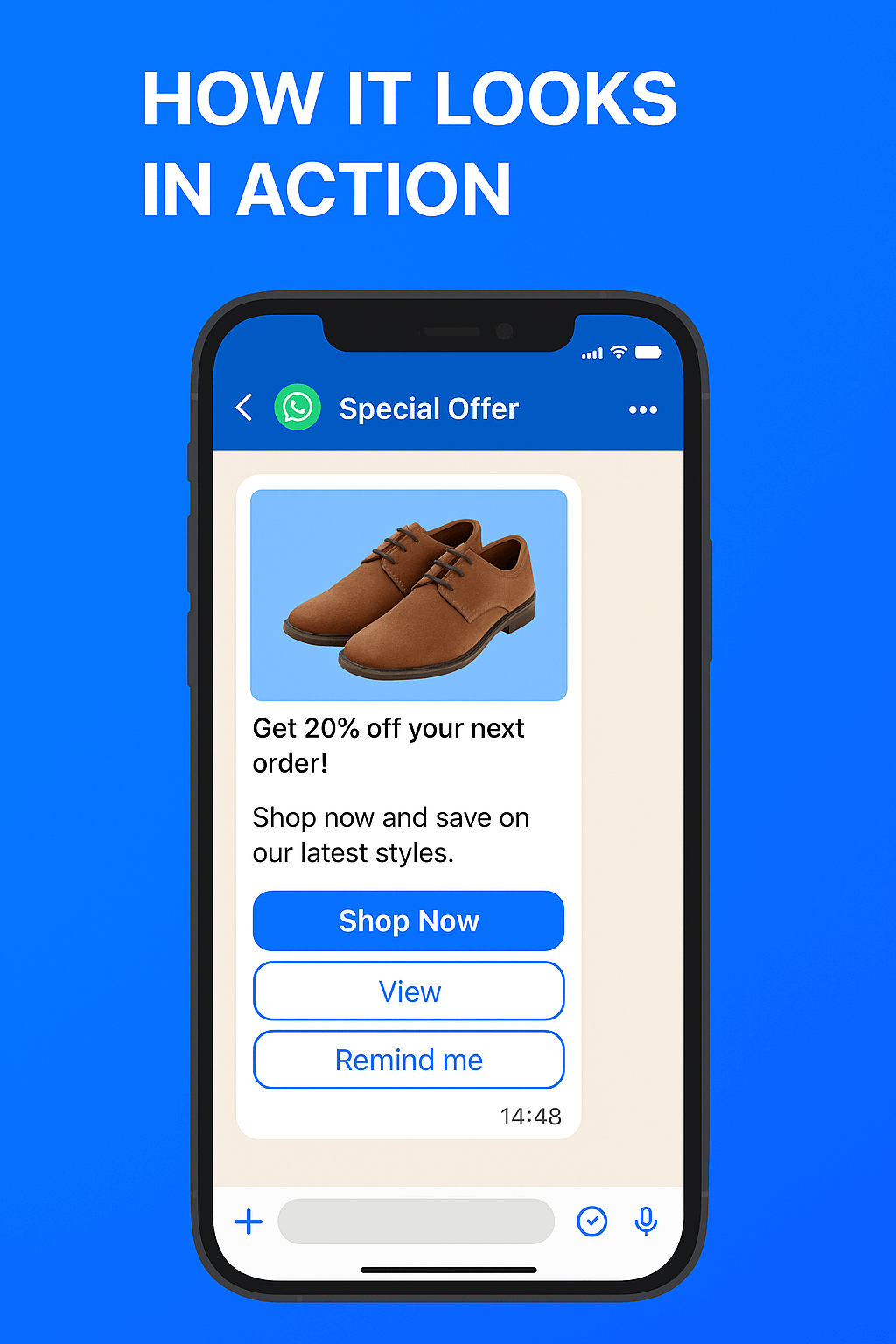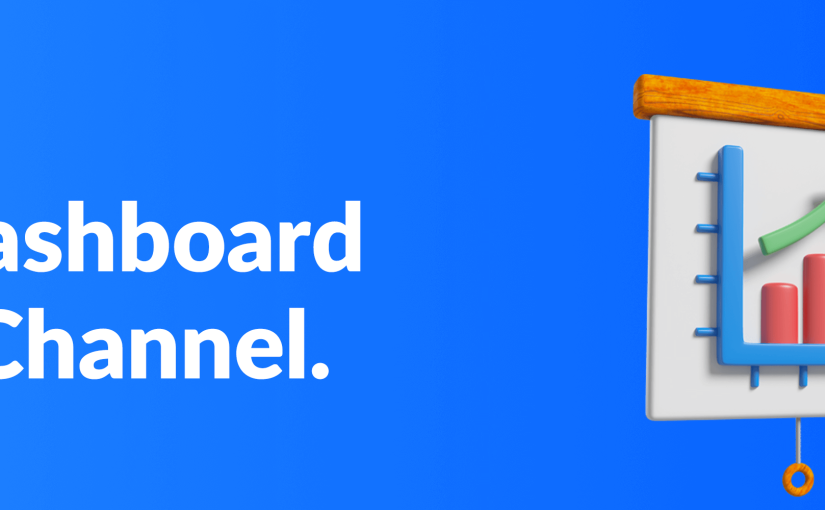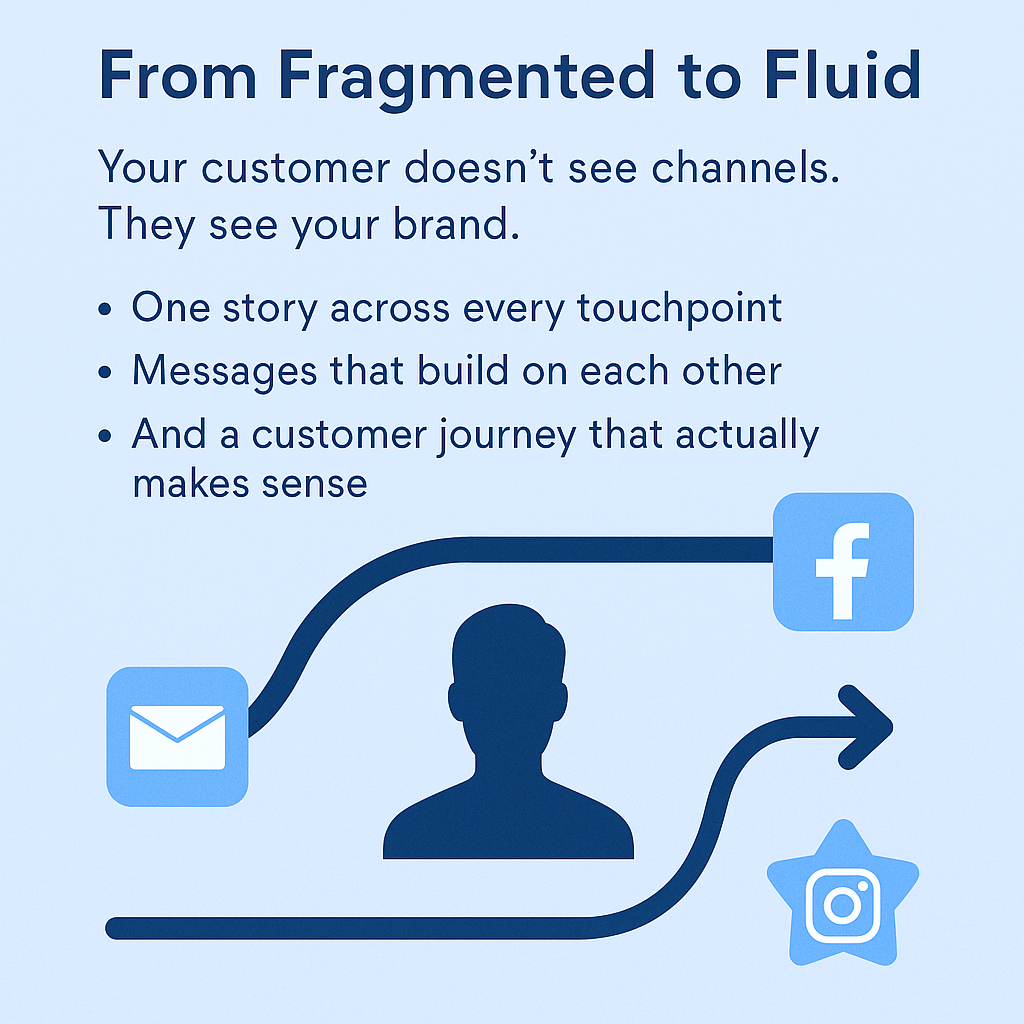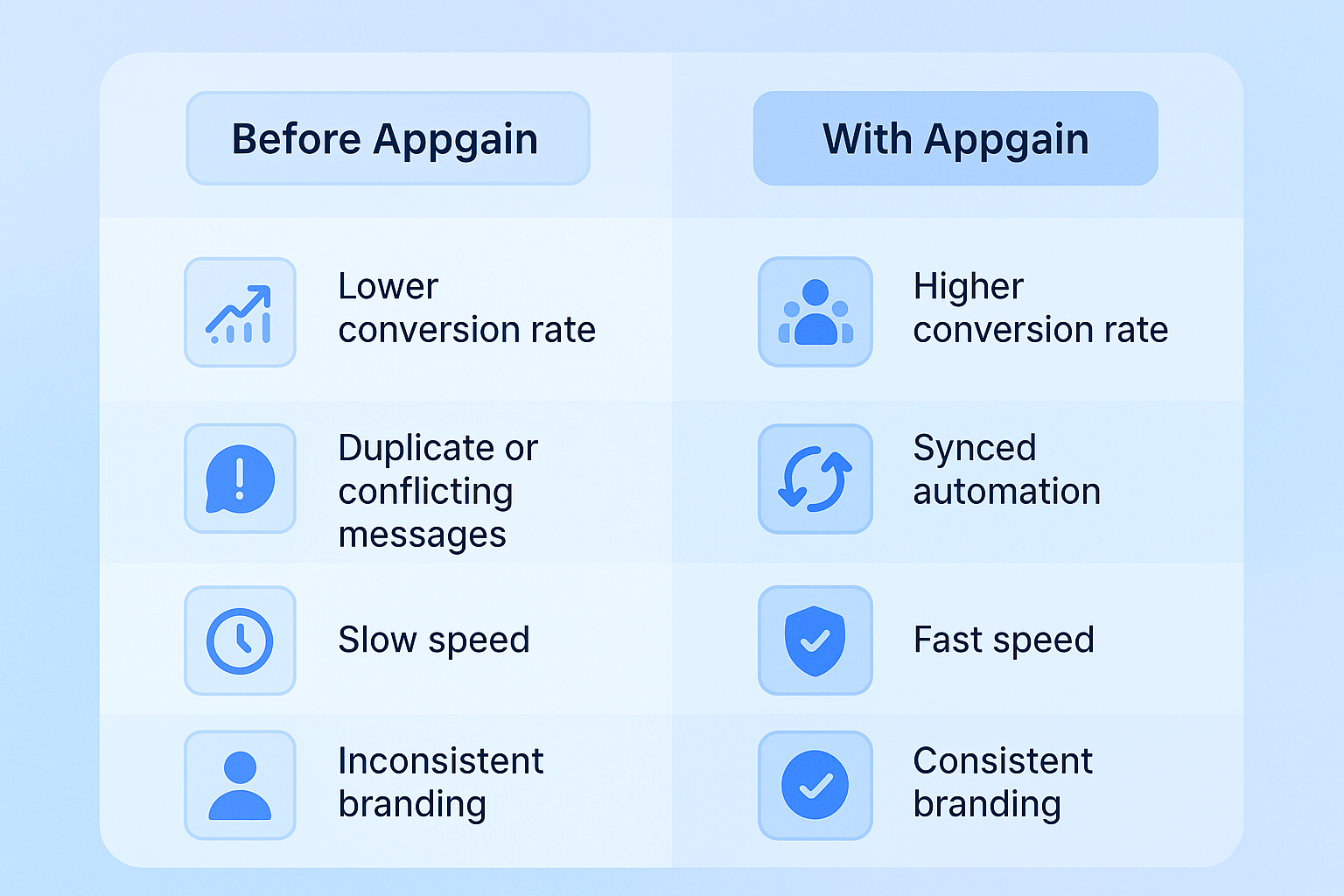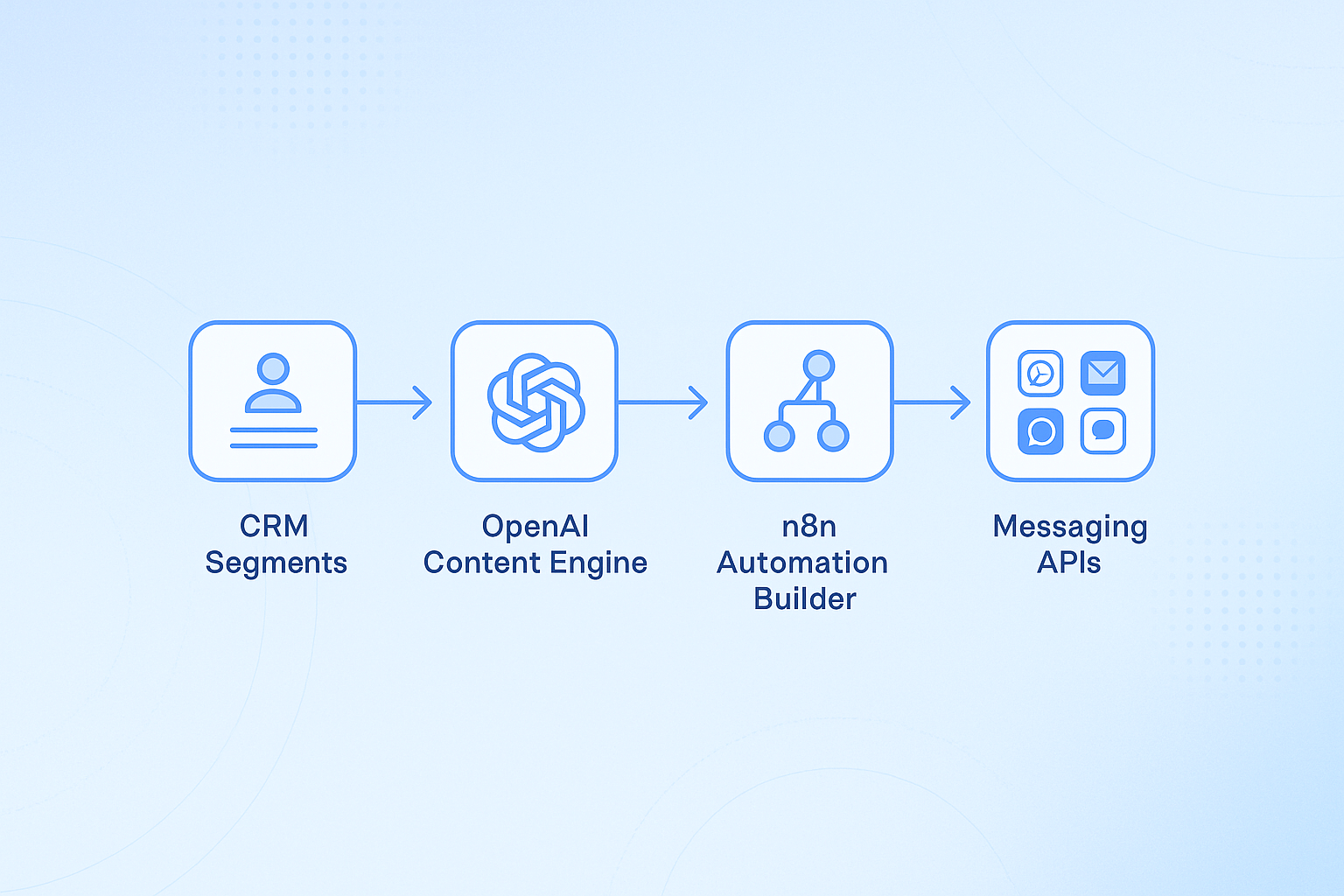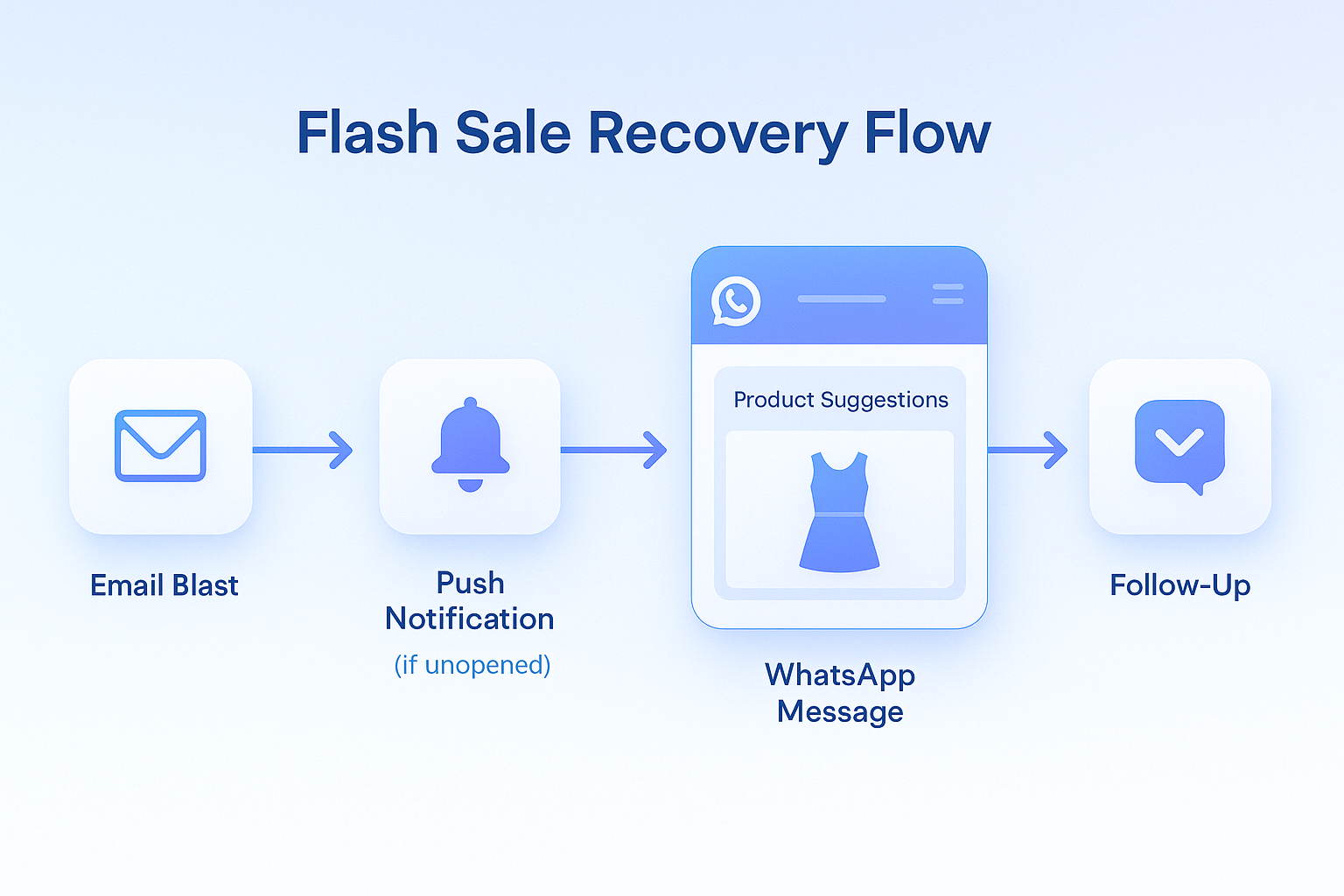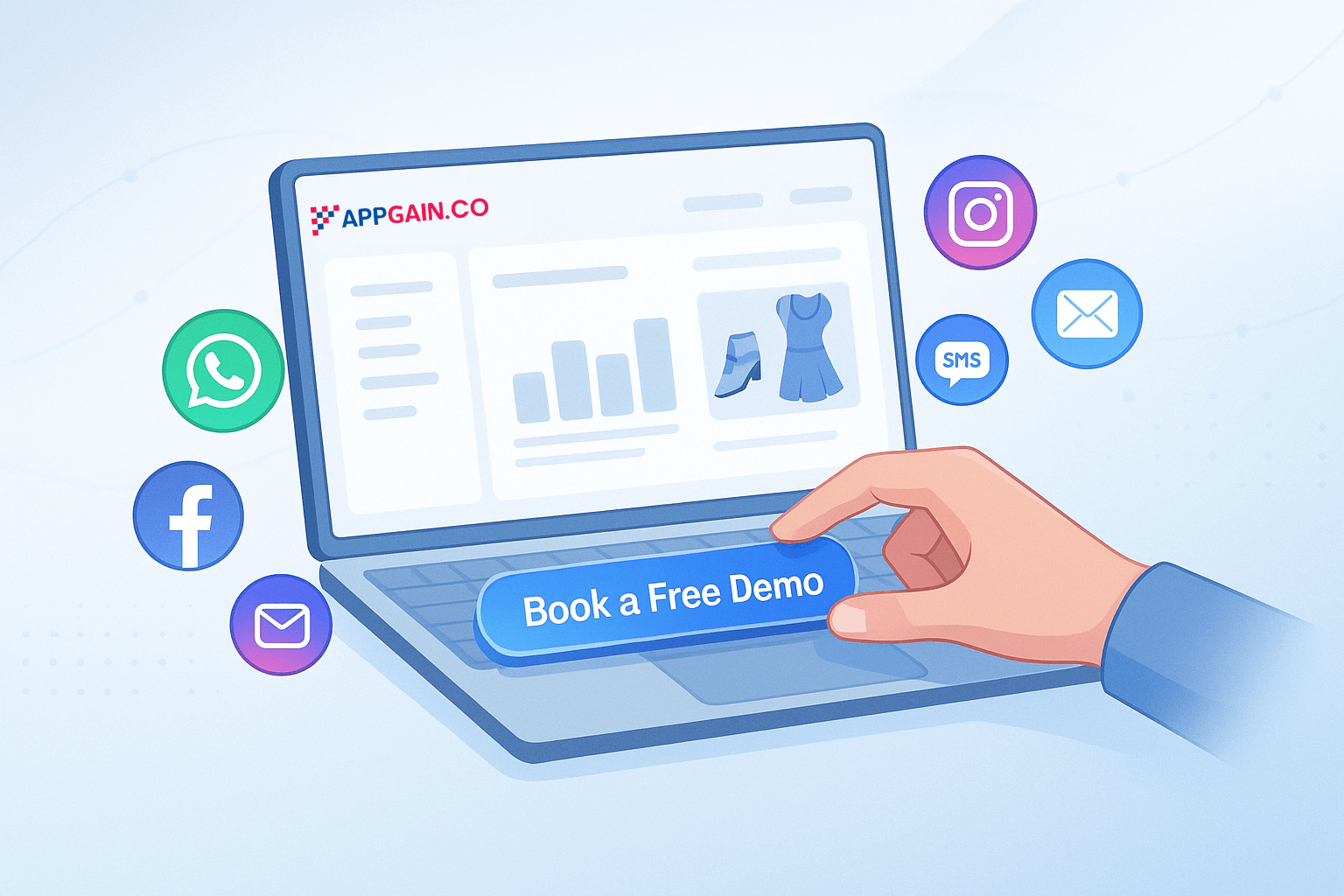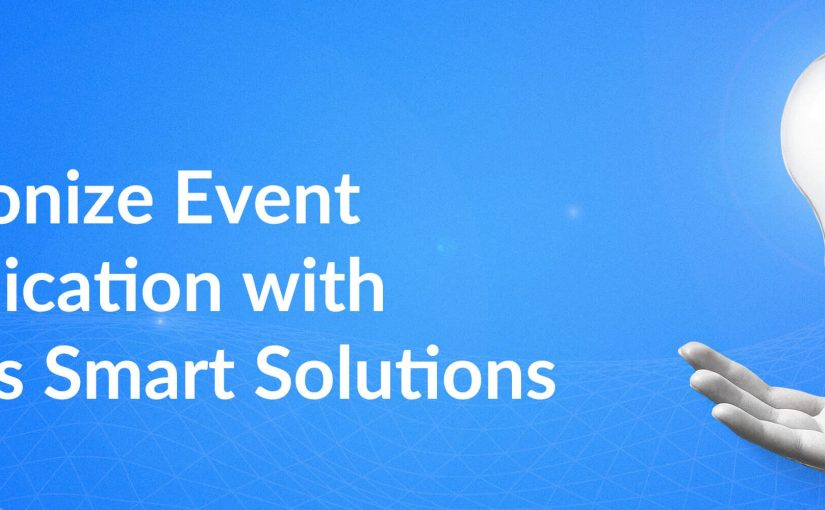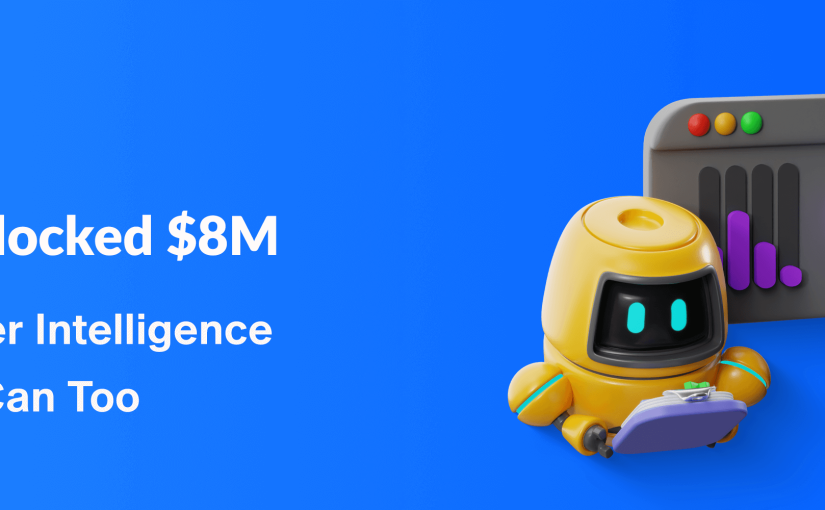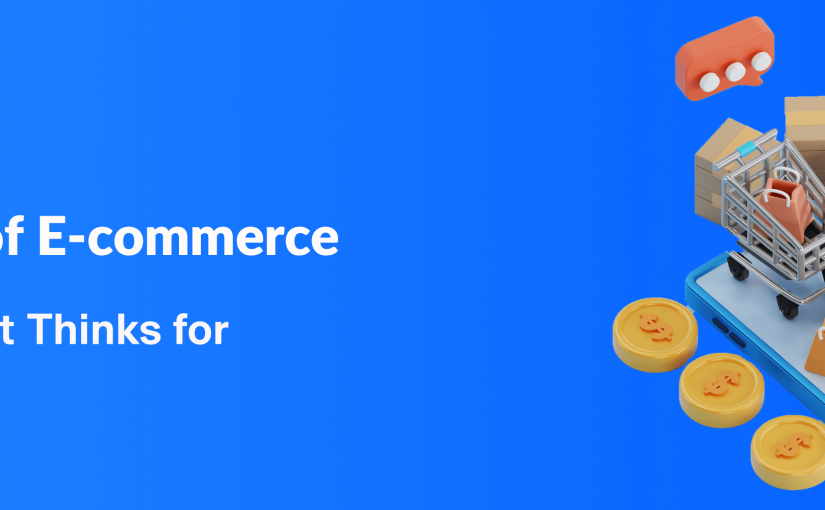Let’s stop pretending marketing is still a manual game.
The tools have changed. The expectations have changed. And if you’re not evolving with them, you’re getting left behind.
According to MarTech’s July 2024 roundup, a new generation of AI marketing tools is shaking up how brands plan, launch, and optimize their campaigns — powered not by human hands, but by autonomous agents and intelligent workflows.
What’s Changing: The AI Toolkit of 2025
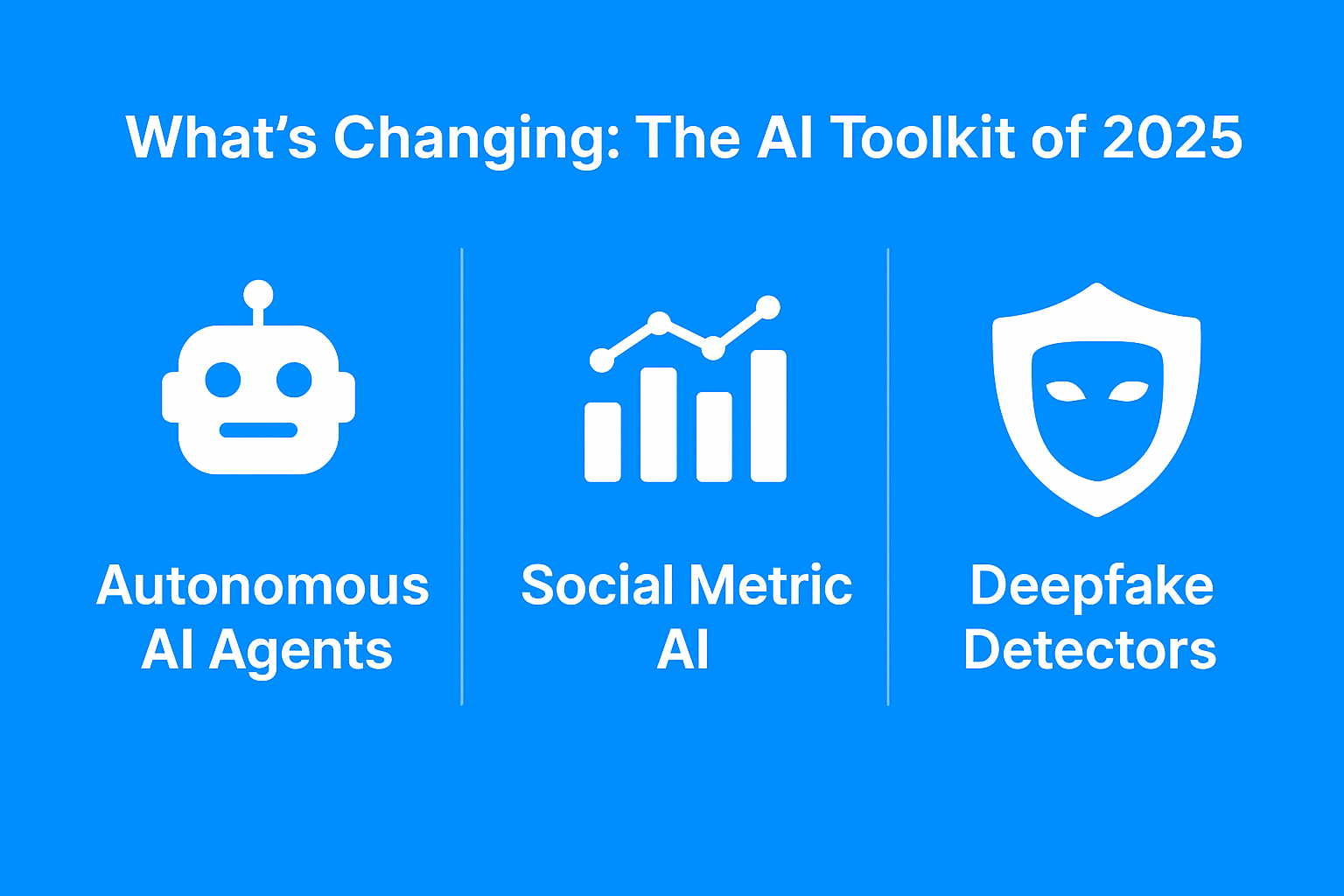
Here are the three most disruptive AI trends transforming marketing teams today:
1. Autonomous AI Agents
Think of them as your 24/7 digital marketers. These AI-driven systems:
- Monitor performance metrics in real-time
- Adjust budgets automatically
- Recommend (and sometimes publish) optimized content
- Handle A/B testing without waiting for human input
They don’t just follow rules — they learn, adapt, and act.
2. Social Metric AI Assistants
No more endless dashboards. These AI tools summarize social performance — sentiment shifts, audience reactions, virality triggers — into clear, actionable insights.
They turn noise into signal.
3. Deepfake & Brand Authenticity Detectors
With AI-generated content flooding the internet, tools are emerging to detect:
- Misuse of brand identity
- Deepfaked reviews, testimonials, or visuals
- Off-brand messaging created by third parties or rogue actors
Brand protection now requires just as much AI as brand promotion.
What This Means for Your Marketing Team
These tools don’t just speed things up — they change the shape of your team:
- Content teams become curators, not just creators
- Data analysts are replaced by real-time insights
- Campaign managers evolve into workflow designers
- Small teams can compete with big budgets — if they automate smart
In short, AI lets you do more with less — if you use it right.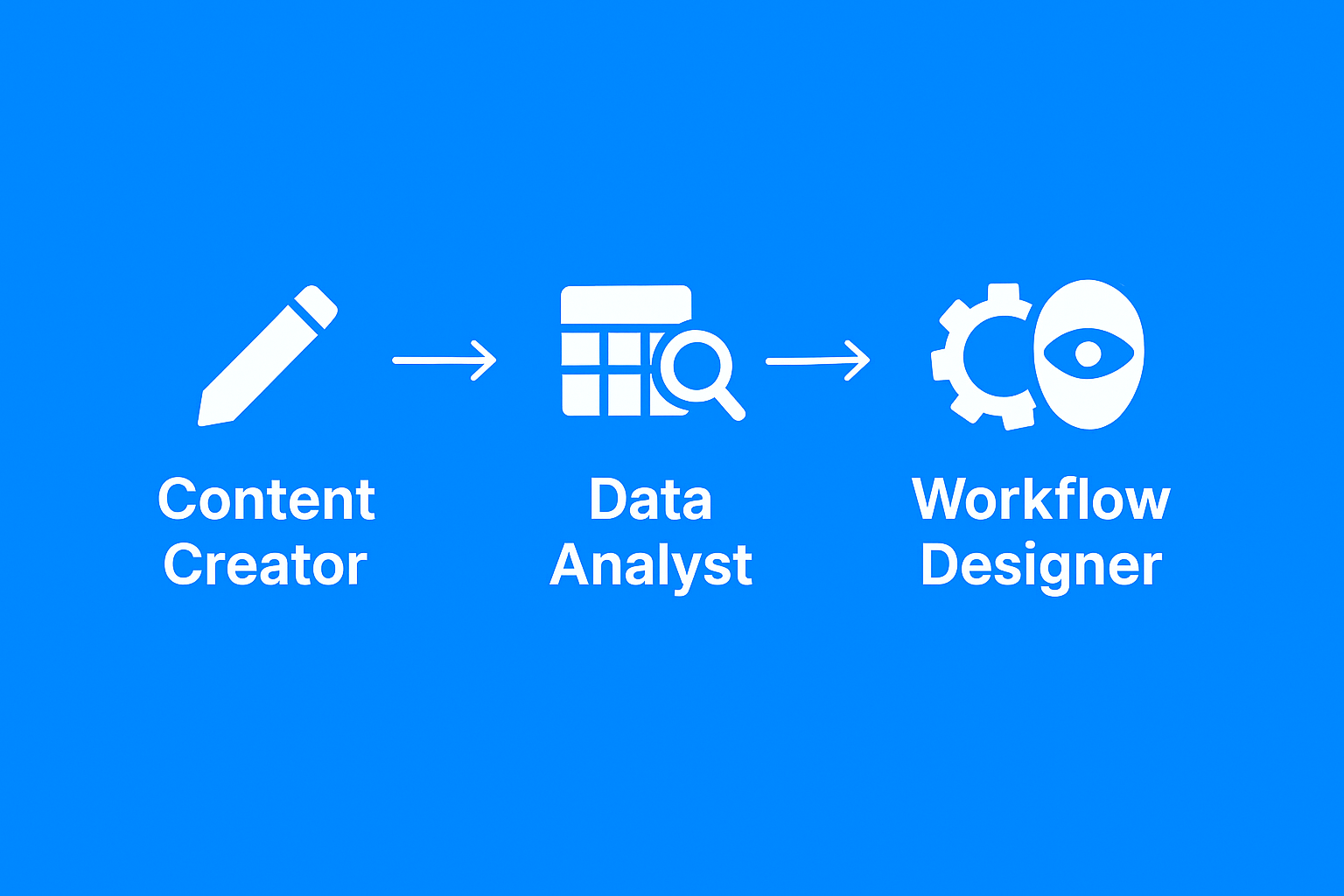
How Appgain Aligns with This Future
Appgain is already building for the autonomous era of marketing.
Here’s how:
? Predictive Segmentation (Built with AI)
Appgain auto-tags users based on behavior, timing, location, and past activity — then sorts them into smart CRM segments without human intervention.
Examples:
- A customer opens a WhatsApp message, visits product page, but doesn’t buy? → Tagged as “Engaged but Hesitant”
- Buyer with >3 purchases and high order value? → “Loyal + High LTV”
These segments feed directly into automations, upsells, or retargeting — no manual lists, no missed timing.
? Campaign Execution via Automation Builder
Appgain’s drag-and-drop Automation Builder lets you:
- Set triggers (new signup, cart abandonment, no login for 7 days)
- Personalize messages using CRM tags and AI content
- Execute instantly, then optimize based on performance
You’re not scheduling campaigns anymore. You’re programming intent.
? Agent-Based Workflows via n8n Integration
Using Appgain’s n8n workflows, you can create intelligent marketing agents that:
- Auto-respond to CRM events
- Enrich data from third-party apps (e.g., Google Sheets, Shopify, Airtable)
- Decide next steps based on real-time inputs
- Trigger follow-ups, escalate to human reps, or notify Slack/Teams
This is where marketing logic becomes executable — with no code, no delay.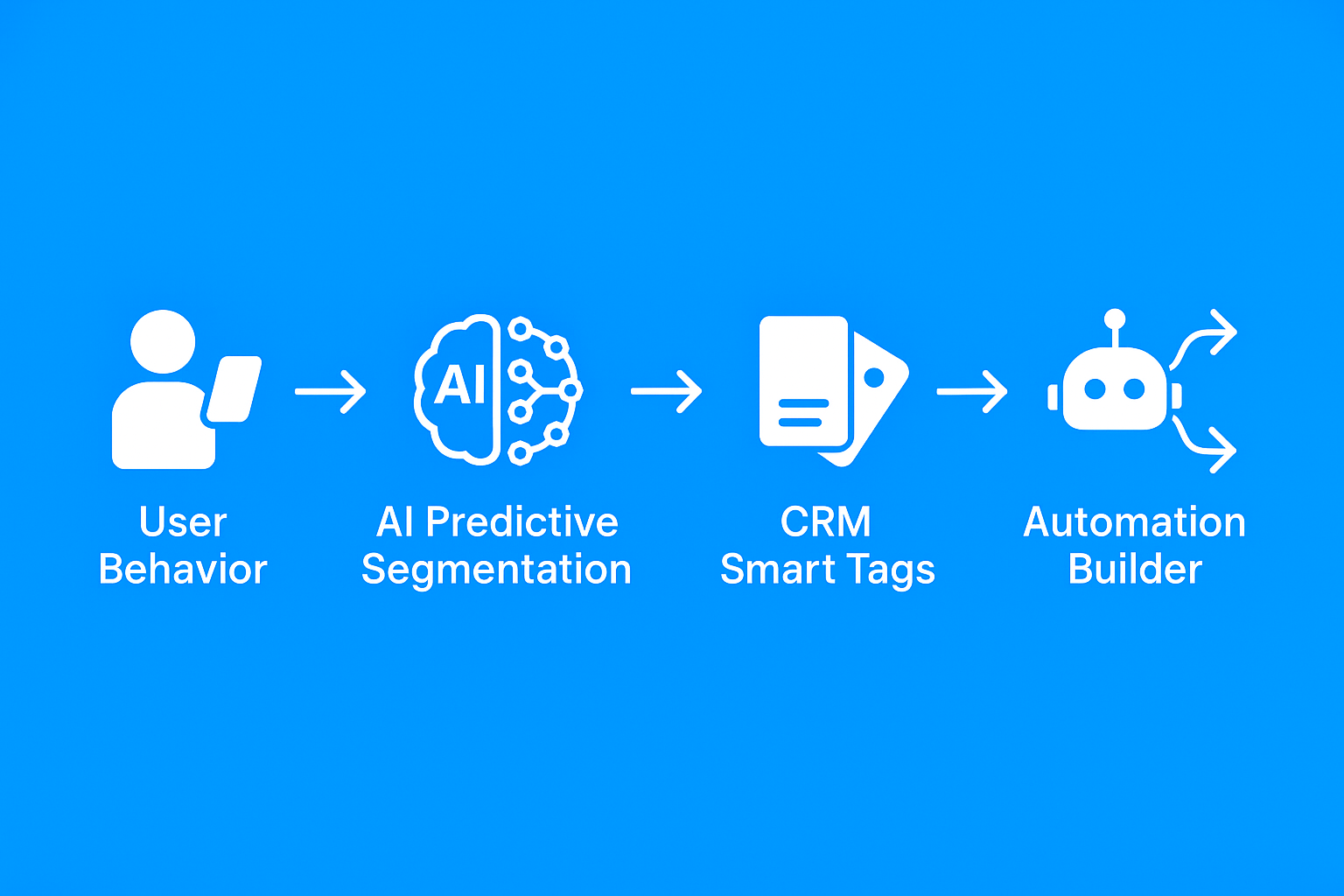
Why It Matters Now
The rise of AI tools isn’t just hype — it’s your competitive advantage or your biggest blindspot.
Early adopters are already:
- Cutting campaign costs
- Reducing dependency on large teams
- Getting to market faster
- Making smarter decisions at scale
And they’re doing it with tools that think, act, and improve — autonomously.
Final Word
AI tools don’t replace marketers. They free them — from dashboards, deadlines, and decision fatigue.
Appgain is your entry point into this smarter ecosystem — giving you:
- Predictive insights
- Real-time segmentation
- No-code automation
- Agent-style workflows that run your campaigns while you sleep
Because in 2025, smart marketing isn’t about working harder.
It’s about letting smarter tools work for you.
Ready to try AI-driven marketing the right way?
[Book a demo with Appgain and start building your future stack — today.]
Prefer a quick chat? [Contact us directly on WhatsApp].
